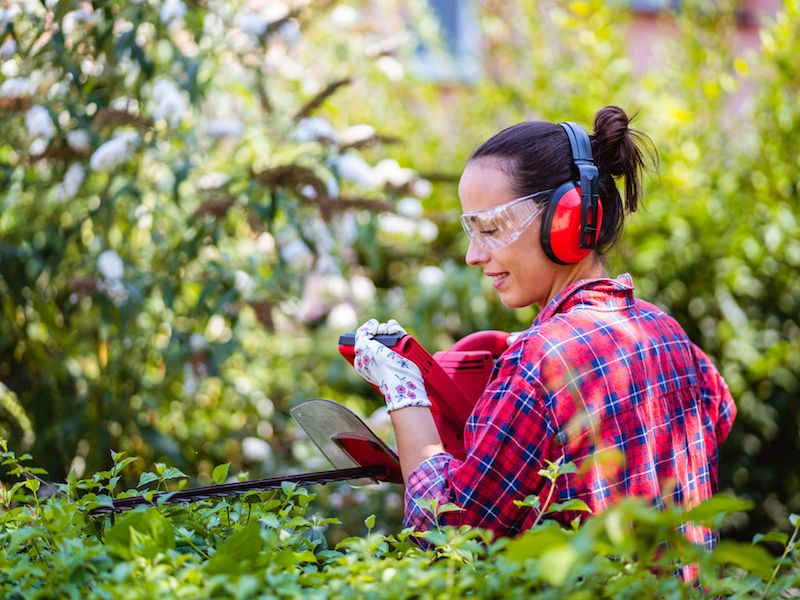
Safeguarding your hearing is a lot like eating right. It sounds good, but not many of us have a good idea of where to begin. If there aren’t any noticeable noise risks and you don’t think your environment is particularly loud, this is especially true. But day-to-day life can stress your ears and your senses, so your auditory acuity can be maintained if you practice these tips.
The more you can do to delay the degeneration of your hearing, the longer you’ll be able to enjoy the sounds around you.
Tip 1: Wearable Ear Protection
Using hearing protection is the most sensible and simple way to safeguard your hearing. This means that decreasing loud and damaging sound is a basic step you need to take.
This means that when it’s needed most people will want to wear ear protection. Two basic forms of protection are available:
- Ear Plugs, which are placed in the ear canal.
- Ear Muffs, which are placed over the ears.
Neither form of hearing protection is inherently better than the other. Each style has its advantages. What’s significant is that you pick some hearing protection that you feel comfortable wearing.
Tip 2: When Sound Gets Dangerous, be Aware of It
But
The following threshold is when sound becomes harmful:
- 85 decibels (dB): After about two hours this volume of sound is dangerous.This is the level of sound you’d expect from a busy city street or your hairdryer.
- 95-100 dB: This is about the noise level you’d get from farm equipment or the typical volume of your earbuds. This volume of noise becomes harmful after 15-20 minutes.
- Over 100 dB: This is where you can injure your hearing very quickly. Damage is done in about thirty seconds with anything over this threshold. As an example, jet engines and rock concerts will injure your hearing in 30 seconds.
Tip 3: Your Phone Can Be a Sound Meter
Now that we have a basic concept of what levels of noise might be hazardous, we can take some precautions to ensure we limit our exposure. The trick is that, once you’re out in the real world, it can be challenging to gauge what’s too loud and what isn’t.
Your smartphone can now be used as a handy little tool. There are dozens of apps for iPhone, Android, and everything in between that turn your device’s microphone into a sound meter.
Having a live sound meter with you will help you evaluate everything you’re hearing in decibels, so you’ll have a much better idea of what hazardous levels actually sound like in your day-to-day life.
Tip 4: Keep an Eye on Your Volume Buttons
Most people these days listen to music using their phone or smart device, and they usually use earbuds while they do it. This sets up a risky situation for your hearing. Your ears can be significantly harmed if you set your earbuds to high over a long period of time.
That’s why protecting your hearing means keeping a focused eye on your volume control. You should not raise the volume in order to drown out noises elsewhere. in order to make sure that volume doesn’t get too high, we recommend using volume configurations or app settings.
Earbud use can become something of a negative feedback loop if your hearing starts to wane; in order to compensate for your declining hearing, you could find yourself continuously rising the volume of your earbuds, doing more harm to your ears in the process.
Tip 5: Get Your Hearing Examined
You may think that having a hearing test is something you do only when your hearing starts to diminish. The difficulty is that it’s not always easy to identify a problem in your hearing without a baseline to compare results to.
Generating data that can be used for both diagnostic applications and for treatment can best be achieved by scheduling a hearing exam and screening. This will give you some extra perspective for future hearing choices and ear protection.
Keep an Eye on Your Hearing
In an ideal world, protecting your hearing would be something you could do constantly without any problem. But there are always going to be challenges. So whenever you can and as often as possible, protect your hearing. You should also have your ears tested routinely. Hopefully, these guidelines will give you a good start.

